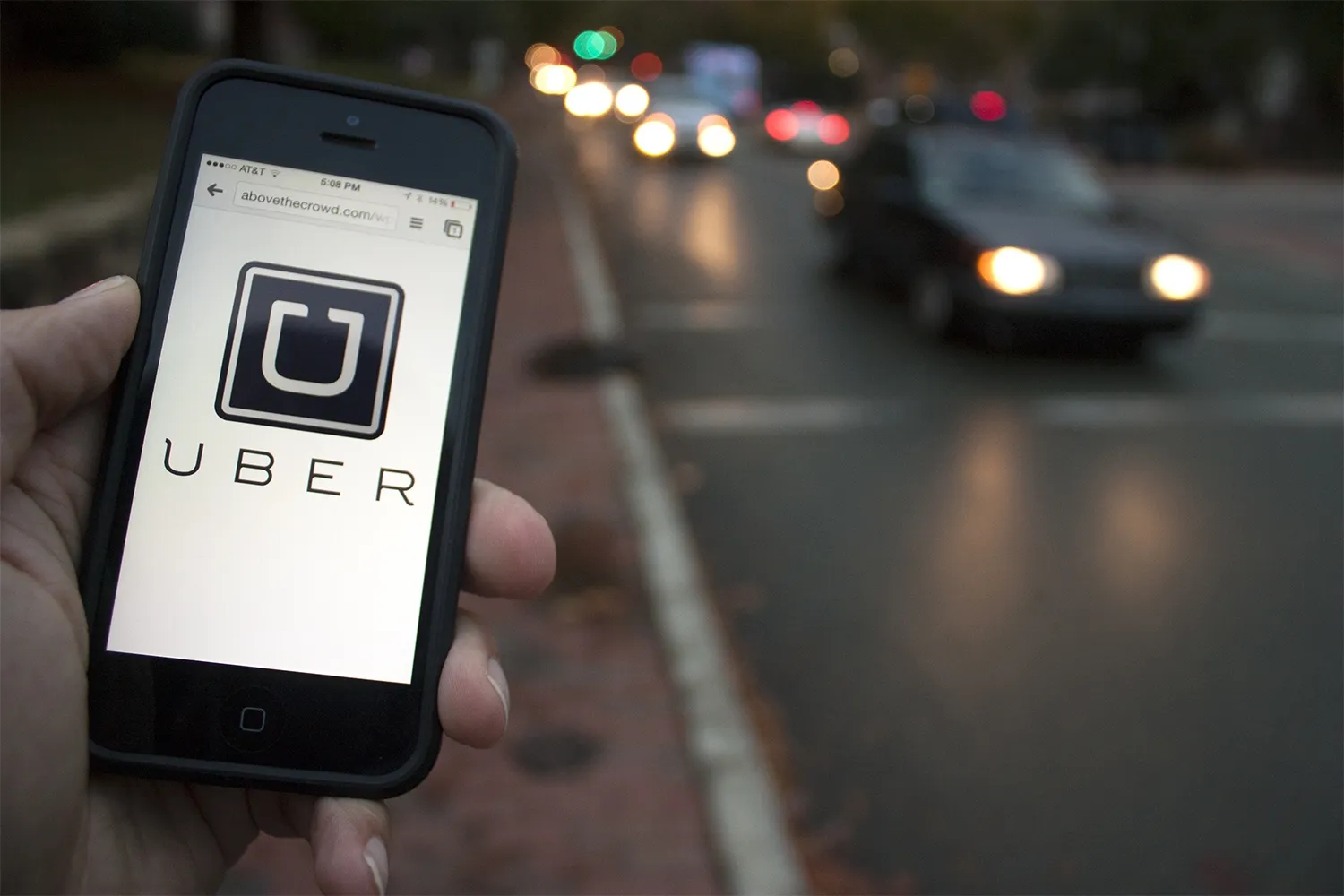On 31 October, the Central government is expected to announce rules on “surge pricing” by cab aggregators like Uber and Ola, and set in motion a protracted debate over the regulation of India’s digital economy. Surge pricing, which refers to the spike in taxi fares during rush hours, has been a sensitive subject in India, with cab aggregators having had run-ins with regulators in New Delhi and Karnataka. Surge pricing helps stabilize demand and supply during peak office hours, argue companies, while regulators have sought a “cap” on such fares. It is an issue that illustrates well the dilemma facing Indian regulators as they go about calibrating laws to provide affordable Internet services while ensuring that the digital economy remains competitive. Whatever regulations on surge pricing are eventually adopted, their effect will be immediate: If prices are capped, it may provide relief in the short term to consumers, but can also affect the availability of cabs in a particular area, the earnings of taxi drivers, and, of course, the bottom lines of technology companies.
Uber representatives told these writers that “almost all the earnings from surge fares” go to cab drivers. Between October 2013, when it started operations in New Delhi, and September 2016, Uber suggests “less than 8% of trips surged in New Delhi” and the average multiplier—the rate at which users were charged during peak hours—was 1.8 times the normal fare
. The case for surge pricing rests on the assumption that a spike in fares will draw cab drivers to a particular location, and consequently balance the demand for rides and the supply of taxis. If markets for traditional goods like oil and tourism witness rise in prices based on output and seasons, there is certainly a case for demand-driven models in technology.
The regulator, meanwhile, is faced with the unpalatable choice between supporting a populist measure like capping fares, or leaving them untouched, in the hope that technology companies thrive in the absence of regulations. Neither decision is informed by evidence: Taxi riders may save a few rupees if surge pricing were to be capped, but it will be insignificant compared to the value of person-hours that will be lost were taxis unavailable during peak hours. If economic productivity is enhanced by technologies, regulations should not have the unintended consequence of limiting their availability. At the same time, leaving technology companies unregulated will induce market distortions and anti-competitive practices, which also affect the consumer. Given this dilemma, we offer a few baseline principles to measure the effectiveness of regulations on ride-sharing models:
- Pricing should be the final point of regulation—prices, or caps on prices—should be a factor of urban congestion, availability of cars, a thorough mapping of user demand and consumption patterns, and an assessment of how neighbourhoods correlate to income in Indian cities. Information on these indices can be absorbed into the algorithms of ride-sharing apps, to tailor affordable rides in urban and semi-urban settings. Armed with such information, regulators too can frame better policies, and resist impulses to cap fares.
- The private sector should share data with regulators, especially as they relate to safety. Road safety—which should be understood broadly rather than just through accidents or vehicle-related casualties—is the prerogative of states, but there is little sharing of information on this count between ride-sharing companies and state governments. By sharing local crime statistics, governments too can help cab aggregators offer better services, and ensure their availability in areas which are crime-prone or unsafe. Surge pricing is as much a factor of safety as any, since it is reasonable to expect city-based users to pay more for safer rides.
- Build capacity among drivers: If ride-sharing companies want prices to be left unregulated, they should be investing in a community of entrepreneurs and drivers to ensure the ready availability of taxis. But for informal tie-ups with loan agencies and banks for their drivers, there is very little that Ola and Uber have done to boost taxi supply, so it is not enough that they push for deregulation of prices alone.
- Monitor and regulate anti-competitive practices: Rather than targeting prices, policymakers should be assessing their impact on the entry of new operators into the market. If surge pricing does indeed follow market-based models, they should attract more investors to the sector, and facilitate the entry of cab-aggregator start-ups. If the spikes in prices, however, end up consolidating the monopolistic positions of established players, then regulators should step in. Capping surge prices does little either to open the market, or prevent anti-competitive practices.
The number of motor vehicles per 1,000 people in a country is often used as a metric for its economic development: It is just as illustrative of the future of the shared economy. By most estimates, the US in 2014 had nearly 800 cars per 1,000 people, Germany had 600, and China just 84. India fared at the bottom of this list, with 18 cars for 1,000 people. This number is expected to rise dramatically over the next decade, but it is neither realistic nor desirable to aspire to the numbers that the US or Europe currently have. For one, demands for cleaner air will push the use of public transportation and greener automobile technologies in India. But crucially, they will drive the growth and adoption of transport-sharing models with the aim of reducing carbon emissions and urban congestion. Any decision that affects this sector must consequently be based on informed assessments.
It is premature to push for caps on surge prices when their effects on the market remain under-studied. Cab aggregators like Uber and Ola, on the other hand, cannot resist regulation without investing significantly in the Indian market. The market may drive prices in Western jurisdictions, where users have deeper pockets. Foreign companies should weigh different models in India, innovating using the richness of data for cost-effective solutions to public transport. For tech giants, India remains among the most open digital economies for business, but it cannot be business as usual.
This commentary was first carried out in Livemint
The views expressed above belong to the author(s). ORF research and analyses now available on Telegram! Click here to access our curated content — blogs, longforms and interviews.




 PREV
PREV



